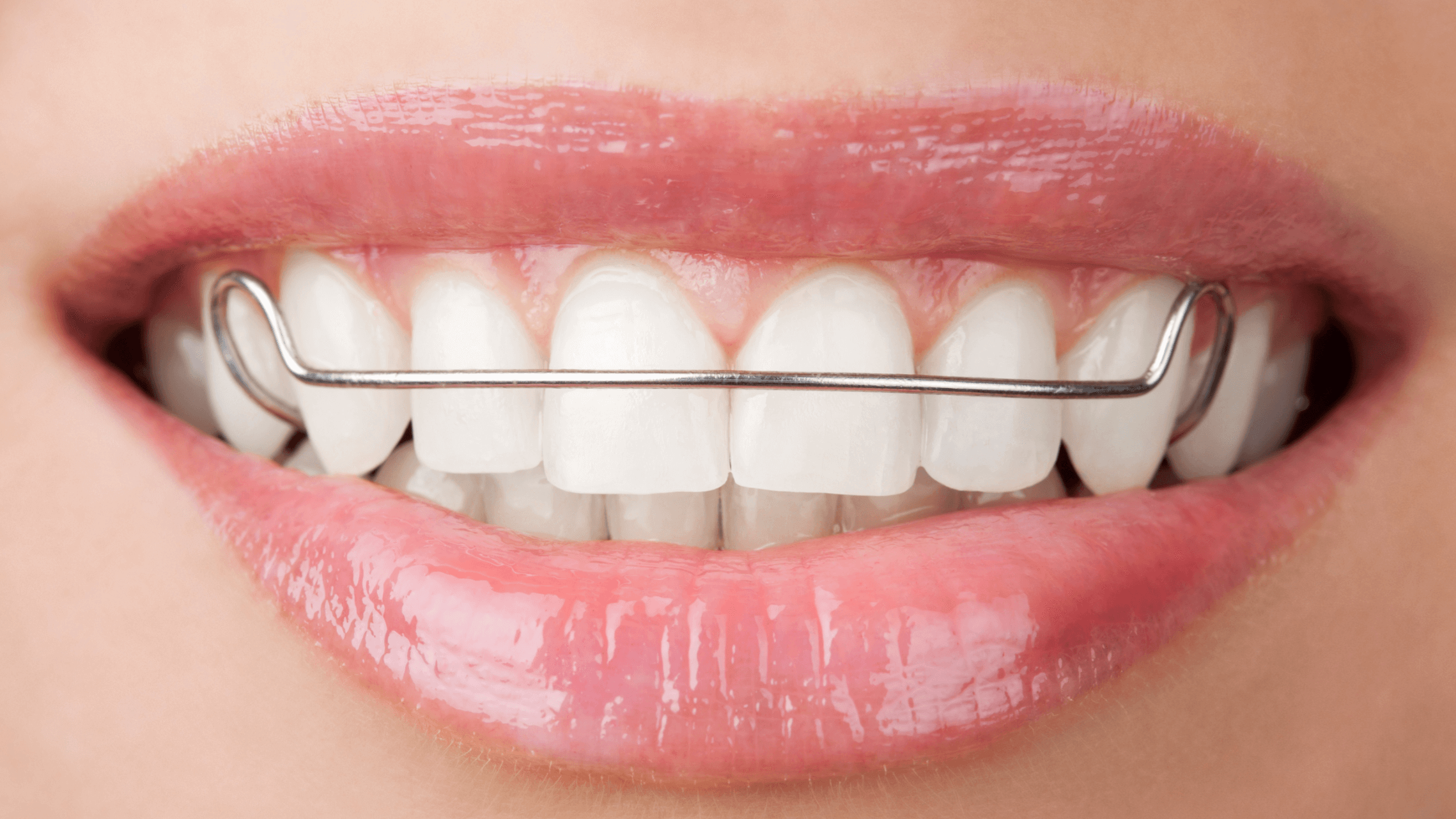Frequently Asked Questions Regarding Invisalign: Everything You Need to Know
Frequently Asked Questions Regarding Invisalign: Everything You Need to Know
Blog Article
Invisalign vs. Conventional Dental braces: Which Alternative Is Right for You?
When thinking about orthodontic treatment, the choice in between Invisalign and standard braces provides a number of essential elements that merit mindful evaluation. Invisalign offers a very discreet option with removable aligners, while traditional dental braces offer a more visible yet reliable option for serious misalignment.
Review of Therapy Options

On the other hand, standard dental braces consist of steel braces and wires that are bonded to the teeth. This approach uses continuous stress over time to accomplish placement. While reliable for complex orthodontic problems, typical braces need routine check outs for modifications and can pose challenges in preserving dental health as a result of the difficulty of cleaning up around cords and braces.
Both options have their advantages, and the option typically pivots on specific dental conditions, lifestyle preferences, and client compliance. Eventually, getting in touch with an orthodontic professional is essential for establishing one of the most ideal therapy plan customized to private requirements. Recognizing the subtleties of each choice can dramatically influence the general success of orthodontic therapy.
Aesthetic Considerations
A substantial factor influencing the choice in between Invisalign and conventional dental braces is the aesthetic appeal each therapy provides. Invisalign aligners are crafted from clear plastic, making them virtually unseen when worn.
On the other hand, conventional braces are composed of metal braces and wires, which can be extra visible. While advancements in orthodontic modern technology have brought about the advancement of smaller sized brackets and tinted elastics, traditional dental braces still maintain a more obvious profile. For some people, the visibility of dental braces may hinder them from seeking essential treatment.
Inevitably, the choice in between Invisalign and standard braces may rest on personal preferences regarding looks. Individuals that prioritize discretion usually lean toward Invisalign, while those that are much less worried about exposure might go with conventional dental braces. Recognizing the aesthetic implications of each choice is critical for making an informed decision that lines up with one's way of living and choices.
Convenience and Convenience

In terms of benefit, Invisalign aligners are removable, making it possible for people to appreciate their preferred foods without restriction and maintain optimum dental hygiene. Cleaning and flossing are simplified, as the aligners can be taken out throughout these routines, whereas standard braces call for cautious navigating around cables and brackets.
In comparison, traditional braces necessitate regular adjustments, making them much less convenient for those with hectic routines. In general, the convenience and convenience of Invisalign make it an appealing selection for lots of individuals seeking orthodontic therapy.
Therapy Duration and Efficiency
While both Invisalign and typical braces work in correcting dental imbalances, the period of therapy can vary substantially in between both choices. Commonly, Invisalign treatment can take anywhere from 12 to 18 months, depending upon the intricacy of the instance. The clear aligners function by gradually shifting teeth into their preferred settings, and normal follow-ups with an orthodontist aid ensure progress stays on track.
On the other hand, standard braces typically require a longer commitment, typically ranging from 18 months to 3 years. This is because of their fixed nature and the usage of cables and braces, which can be a lot more reliable for intricate instances and extreme imbalances (Invisalign). The therapy performance of typical dental braces is well-documented, as they permit exact modifications and higher control over tooth movement
Ultimately, the choice additional reading in between Invisalign and typical dental braces may depend upon both the anticipated treatment period and the specific dental issues at hand. Consulting with an orthodontist is essential, as they can offer tailored referrals based upon private needs, guaranteeing the chosen approach lines up with preferred durations and results.
Cost Contrast and Insurance Policy Choices
Expense plays a significant duty in the decision-making procedure for individuals thinking about orthodontic treatment, whether selecting Invisalign or standard dental braces. Generally, the expense of Invisalign arrays from $3,000 to $8,000, while typical braces normally cost in between $2,000 and $6,000. browse this site Aspects influencing these prices include the intricacy of the situation, the duration of therapy, and geographical place.
Several dental insurance policy plans offer partial protection for orthodontic therapies, but the specifics can vary extensively. Usually, conventional dental braces might be more frequently covered by insurance coverage strategies contrasted to Invisalign, which some insurers categorize as an aesthetic treatment.
Additionally, several orthodontic methods offer flexible repayment plans, making both therapy alternatives more easily accessible. People need to inquire about potential financing options and discounts for in advance repayments. Assessing the overall expense, including insurance coverage benefits and repayment plans, is vital for making a notified decision that lines up with both aesthetic preferences and budget factors to consider.
&srotate=0)
Final Thought
In summary, the option in between Invisalign and conventional braces depends upon numerous elements, consisting of aesthetic choices, convenience, therapy duration, and expense. Invisalign provides a very discreet, detachable choice that facilitates oral hygiene and nutritional flexibility, while typical dental braces might be better for complex oral concerns and frequently come with a reduced rate point. Ultimately, appointment with an orthodontist is necessary to examine private situations and determine one of the most appropriate treatment alternative for accomplishing optimum dental positioning.
When considering orthodontic treatment, the option in between Invisalign and conventional dental braces presents numerous crucial aspects that warrant mindful analysis.Comparing Invisalign and traditional dental braces reveals unique therapy options for orthodontic adjustment.While both Invisalign and standard braces are effective in remedying dental imbalances, the period of therapy can vary significantly between the two choices.Price plays a Extra resources substantial duty in the decision-making process for individuals taking into consideration orthodontic therapy, whether choosing for Invisalign or typical dental braces.In recap, the choice between Invisalign and traditional dental braces hinges on numerous factors, consisting of visual preferences, comfort, therapy duration, and price.
Report this page